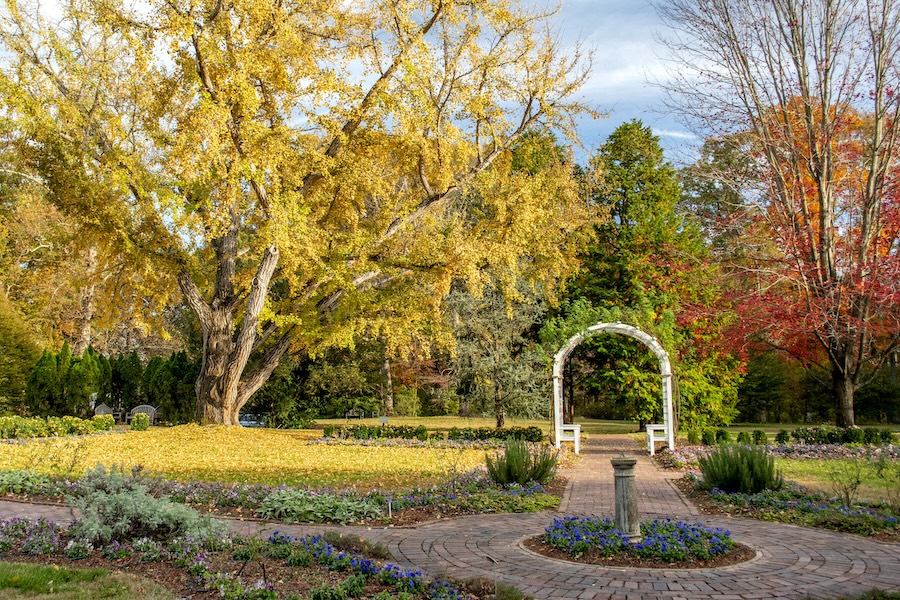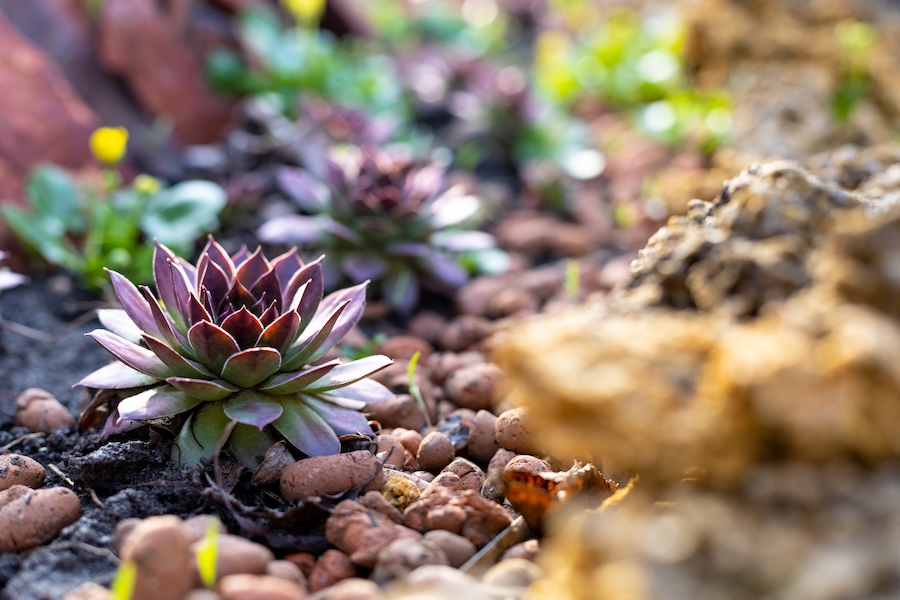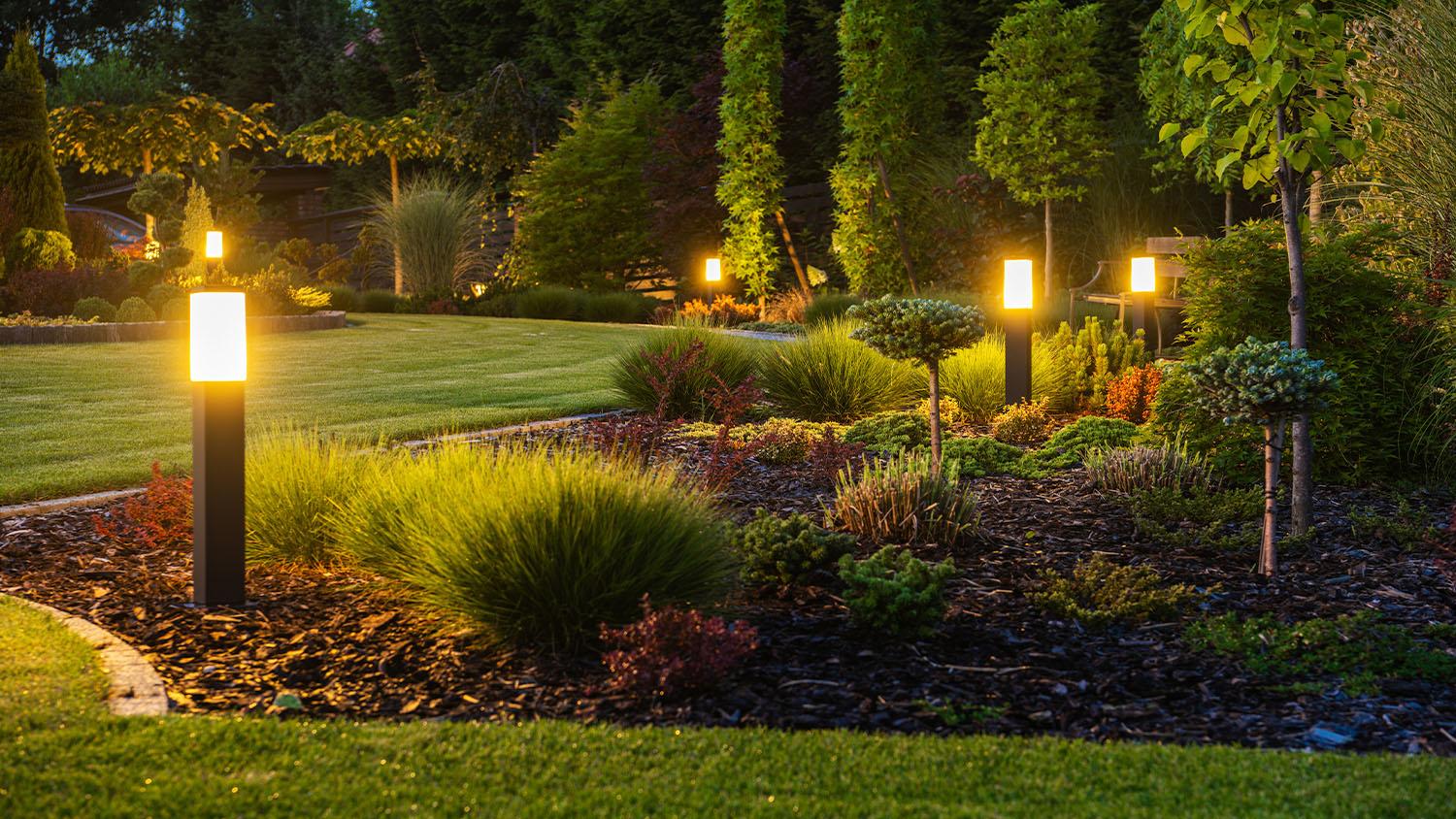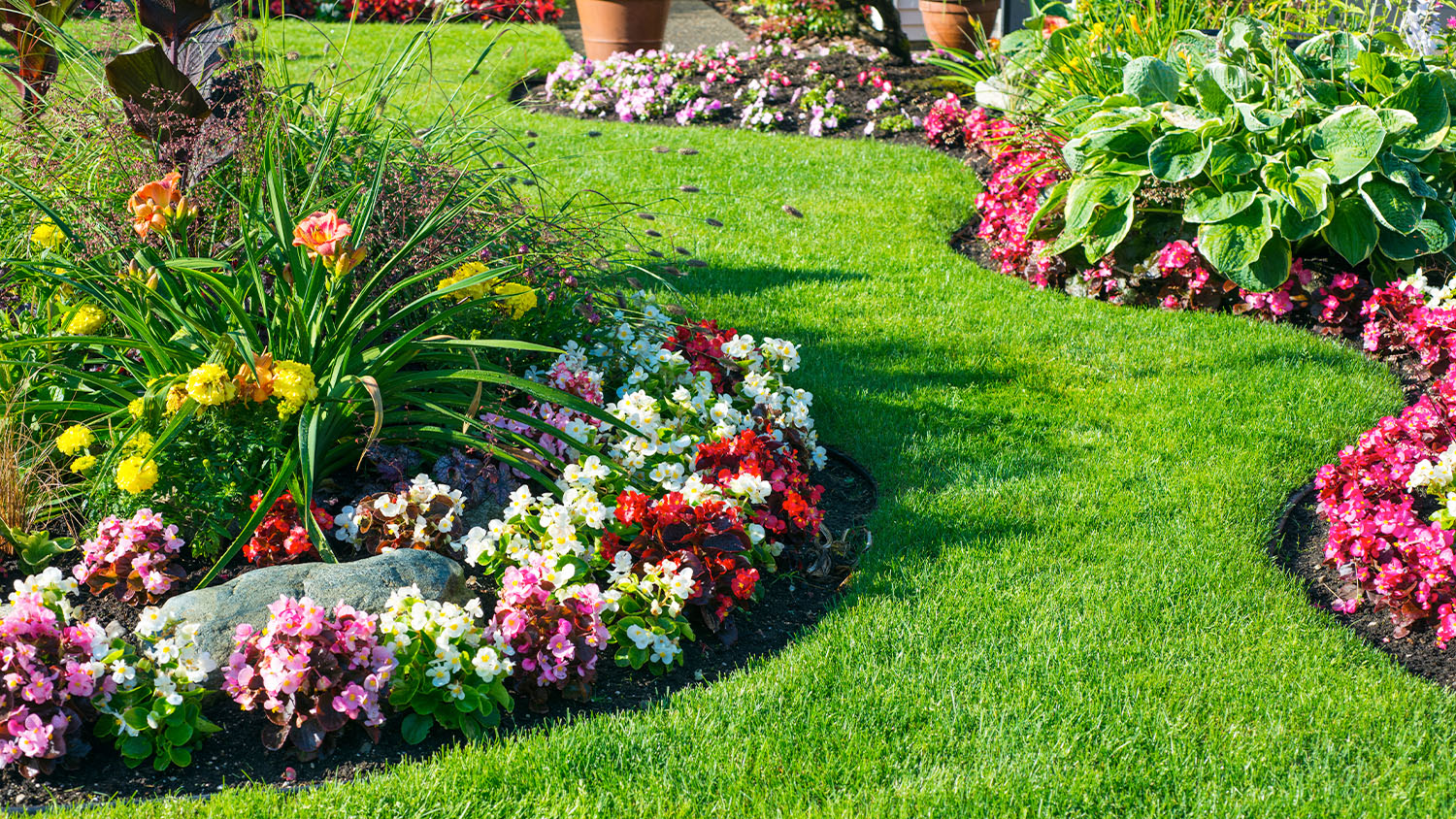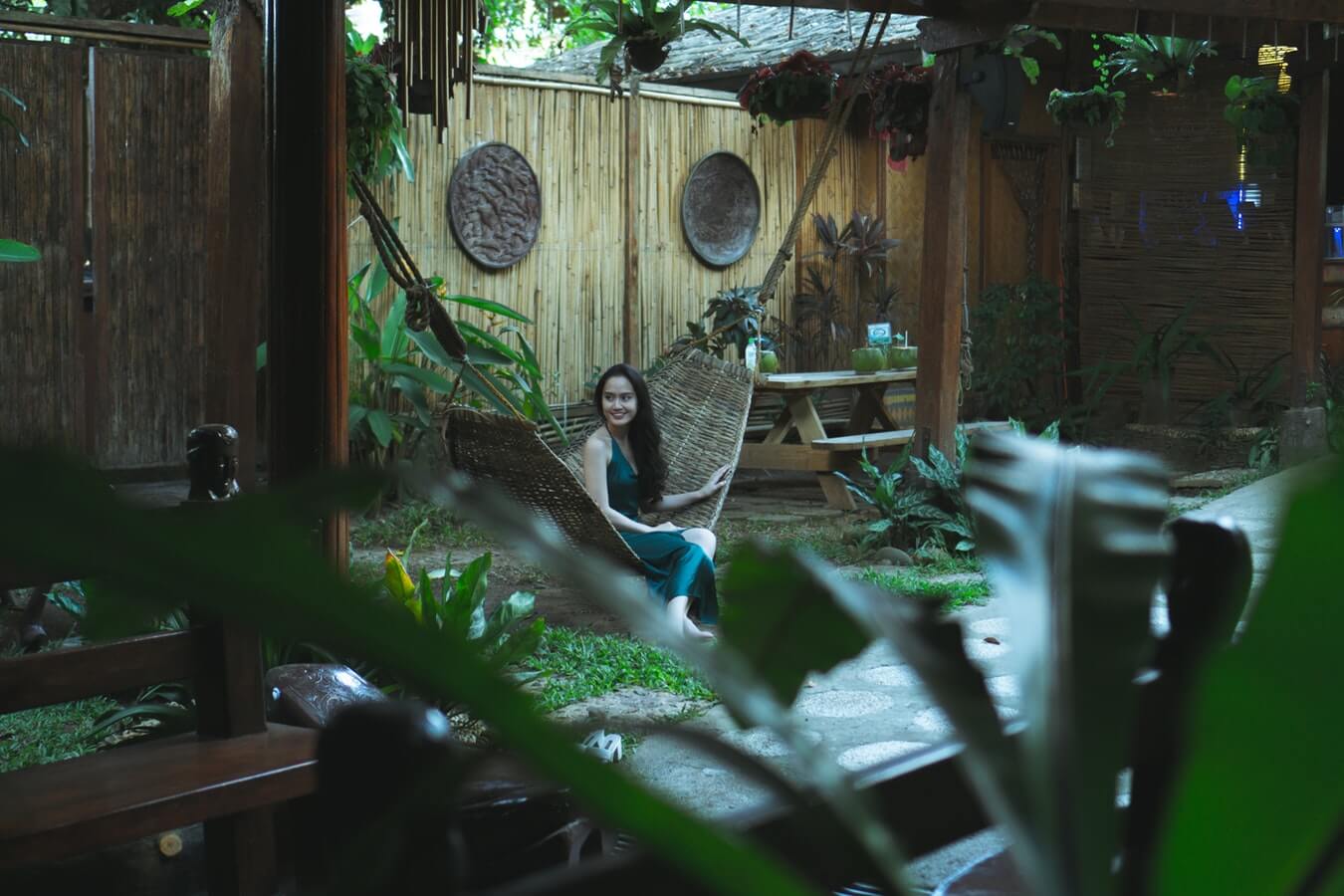Ottawa is more than just Canada’s capital; it’s a city steeped in history, where every corner seems to echo tales from the past. As you stroll through its streets, you’ll notice how this history is woven into the fabric of the city, not just in its buildings but in its gardens as well.
These green spaces are more than just places to relax; they are living connections to the past, each one telling a story through its design, plants, and layout. The thought and care that went into these designs were meant to preserve the essence of a time long gone, allowing you to experience a piece of history in your own backyard.
Preserving this cultural heritage through landscaping is more important than ever. As the city grows and modernizes, there’s a risk that these connections to the past could be lost. But you don’t have to choose between old and new.
By incorporating traditional design elements into modern gardens, you can create a space that honours Ottawa’s rich history while still being functional and relevant for today. These elements – whether it’s the choice of plants, the use of natural stone, or the layout of the space – can help to keep the spirit of old Ottawa alive.
But it’s not just about aesthetics. When you incorporate these historical touches into your garden, you’re also fostering a deeper connection to the city’s roots, creating a space that feels timeless.
Exploring Ottawa’s Historic Gardens
Ottawa is home to some of the most beautiful and historically significant gardens in Canada, each telling a story of the city’s rich past.
Take the Central Experimental Farm, for example. Established in 1886, this living museum offers more than just a pleasant stroll; it’s a window into Canada’s agricultural and horticultural history. The Ornamental Gardens here are particularly stunning, showcasing a wide variety of flowers, shrubs, and trees that have been carefully curated over the years.
These gardens reflect a blend of Victorian influence and Canadian practicality, with native plants standing proudly alongside more exotic species. Walking through these gardens, you can see how historical design elements still play a key role in their modern-day appeal, creating a space where the past and present coexist seamlessly.
Another gem in Ottawa’s landscape is the Rideau Hall Gardens, which surround the official residence of the Governor General of Canada.
Maintained for over 150 years, these gardens are a testament to Canada’s colonial history, characterized by their traditional English landscape style. Expansive lawns, grand old trees, and meticulously planned flower beds have seen generations of gardeners and visitors alike.
What makes Rideau Hall Gardens special is how they reflect the changing tastes and influences of Canadian society over the years. It’s not just a garden; it’s a living piece of Canadian history, carefully preserved yet still vibrant today, offering inspiration for how to bring these historic elements into your own garden.
Then there’s Maplelawn Garden, a hidden treasure in Ottawa’s Westboro neighbourhood. Dating back to the 1830s, this historic walled garden is one of the best-preserved examples of early Canadian garden design.
The layout, with its formal symmetry and use of native plants, is a nod to the European influences that shaped early Canadian landscapes. Yet, it also has a distinctly Canadian feel, focusing on hardy, indigenous species that can withstand Ottawa’s harsh winters. Maplelawn Garden stands as a perfect example of how traditional design elements can create a space that is both beautiful and practical, enduring the test of time while still offering something new with each visit.
Key Traditional Canadian Design Elements
These historic gardens don’t just showcase Ottawa’s past; they also offer key insights into traditional Canadian garden design elements that have a timeless appeal.
One of the most distinctive features of these gardens is the use of indigenous plants.
These plants, well-suited to the Canadian climate, carry a sense of place deeply rooted in the country’s landscape. In gardens across Ottawa, you’ll find species like Eastern White Pine, Sugar Maple, and various wildflowers, each representing a piece of Canada’s natural history.
Natural stone pathways are another hallmark of traditional Canadian garden design.
In historic Ottawa gardens, pathways made from local limestone or granite not only serve a practical purpose but also contribute to the overall aesthetic. They give the garden a sense of permanence and connection to the earth, creating a direct link between past and present.
Wooden structures, such as pergolas, garden benches, and trellises, also play a significant role, adding warmth and character to any garden. These elements have stood the test of time, weathering the seasons while enhancing the garden’s charm.
By incorporating these traditional design elements – indigenous plants, natural stone pathways, and wooden structures – into your garden, you’re not just creating an outdoor space. You’re designing a part of history, honouring tradition while crafting something beautiful and meaningful that you can enjoy every day.
Incorporating Historical Elements into Modern, Sustainable Gardens
Incorporating historical elements into your modern garden doesn’t mean you have to turn your outdoor space into a museum. The key is finding a balance between the old and the new, blending traditional design with contemporary needs while also considering sustainability.
By using natural materials like stone and wood, you can seamlessly integrate history into your garden’s design, creating a space that honours the past while remaining functional and eco-friendly.
Natural stones, for example, can be used for a modern patio or walkway, adding a touch of history to your outdoor space. These materials not only look great, but they also age beautifully, developing a patina over time that adds to their charm. Opting for materials with a historical connection gives your garden a sense of depth and character that’s hard to achieve with synthetic options.
One of the most effective ways to bring traditional elements into your garden is by using indigenous plants.
These plants have adapted to the local climate and soil conditions over centuries, making them hardy, low-maintenance choices for any garden. In Ottawa, native species like Serviceberry, Black-Eyed Susan, and Eastern Red Cedar are excellent options. These plants not only thrive in Ottawa’s environment but also attract local wildlife, helping to create a vibrant, living ecosystem in your backyard. Incorporating native plants doesn’t just add greenery; it also contributes to the preservation of local biodiversity, making your garden truly in harmony with its surroundings. This approach is perfectly aligned with modern sustainability practices, as native plants require less water, less maintenance, and fewer chemical inputs than non-native species.
Blending old with new can also be achieved by incorporating traditional garden structures with a modern twist.
A classic wooden trellis, for example, can support contemporary plant varieties, or a rustic stone wall can serve as a backdrop for a sleek, modern outdoor seating area. These combinations create a unique contrast that highlights the beauty of both old and new elements. You don’t have to stick to one style; think about how different materials and designs can work together to create a cohesive look that reflects both your personal style and the historical influences you want to honour. Wooden structures, such as pergolas or garden benches, add warmth and character to your garden, while also offering longevity and sustainability that synthetic materials often can’t match.
Low-maintenance gardening is another essential aspect of combining historical design with sustainability. By creating a garden that requires less water, fewer chemicals, and less time, you’re making your life easier while also reducing your environmental impact. Choosing plants suited to the local climate, using mulch to retain moisture, and designing your garden to take advantage of natural rainfall are strategies that have been used for generations.
These practices not only benefit the environment but also ensure that your garden remains a joy to maintain rather than a chore.
Seasonal Considerations: Designing for Ottawa’s Fall
As the vibrant greens of summer give way to the warm hues of fall, Ottawa’s landscape undergoes a beautiful transformation. This shift in seasons is a reminder of the importance of planning your garden with the changing weather in mind.
In a city like Ottawa, where fall is both breathtaking and fleeting, designing your garden to shine during these months can enhance its appeal and ensure it remains a welcoming space year-round.
One of the key considerations for fall is, you guessed it – plant selection. As the temperature drops and the days grow shorter, certain plants come into their own, showcasing brilliant colours and adding texture to your garden. Hardy perennials like Sedum and Chrysanthemums are excellent choices, as they bloom late into the season, providing a burst of colour just when your garden needs it most.
Ornamental grasses, with their wispy plumes, also add movement and interest, catching the light as the sun sits lower in the sky. Incorporating these fall-friendly plants ensures your garden remains vibrant, even as summer’s blooms fade.
Another important aspect of fall garden design is preparing for the winter months ahead.
While the focus may be on the beauty of autumn, it’s also the time to think about how your garden will fare when the snow begins to fall. This is where traditional Canadian design elements, such as natural stone pathways and sturdy wooden structures, really come into their own. These features not only add visual interest during the fall but also provide structure and definition to your garden during the winter. A well-placed stone pathway, for example, can create a clear route through your garden even when it’s blanketed in snow, while a wooden pergola can add height and a focal point that draws the eye, no matter the season.
Fall is also the ideal time to consider planting bulbs for the spring. By doing so, you’re setting the stage for the next cycle of your garden’s life, ensuring that as soon as the snow melts, your garden bursts back into life. Tulips, daffodils, and crocuses are popular choices that thrive in Ottawa’s climate, offering a splash of colour after the long winter. This forward-thinking approach is a key part of traditional garden design, where the garden is seen as an ever-changing space that evolves with the seasons.
Conclusion: Embracing Ottawa’s Landscape Heritage
When planning your garden, it’s easy to get caught up in the latest trends and forget about the rich history that surrounds us. In a city like Ottawa, where history is woven into the very fabric of the landscape, there’s a unique opportunity to create something truly special.
By integrating historical and cultural elements into your garden, you’re not just designing an outdoor space; you’re crafting a connection to the past that will enhance your home and enrich your life.
Incorporating traditional Canadian design elements into modern gardens isn’t about creating a replica of the past. It’s about taking inspiration from the beauty and resilience of historic gardens and adapting those ideas to suit today’s world. Whether it’s through the use of native plants, natural materials, or classic design features, these elements can bring depth and character to your garden, making it a reflection of Ottawa’s landscape heritage.
As you plan your garden, take a moment to consider the historical context of your property and the city around you. What stories can your garden tell? How can you use traditional design elements to create a space that feels both rooted in history and relevant today? These are the questions that can guide your design process, helping you to create a garden that’s not only beautiful but also meaningful.
If you’re unsure where to start, consulting with professionals like Jonathan Robert Landscapes can be a great way to bring your vision to life. With our expertise in both traditional and modern garden design, we can help you create a space that honours Ottawa’s landscape heritage while meeting your needs.

